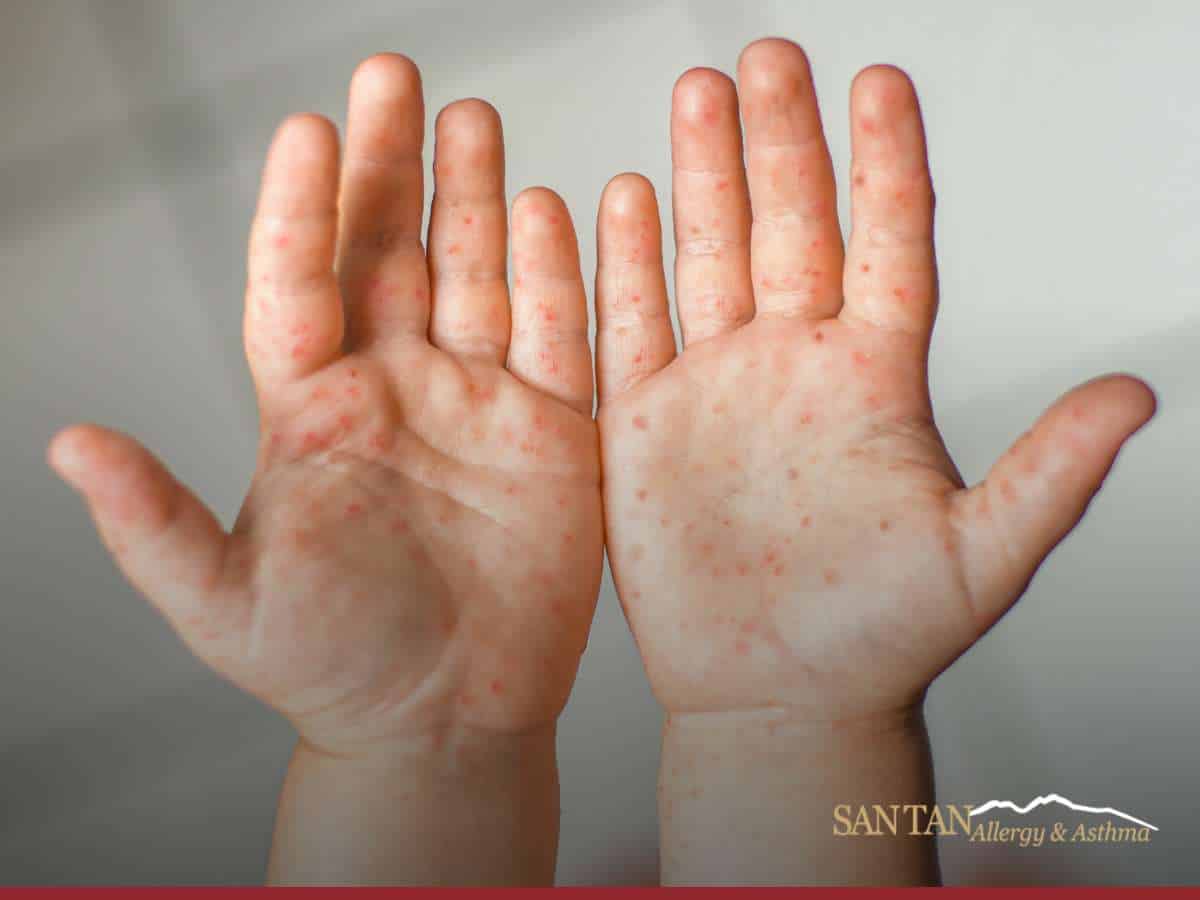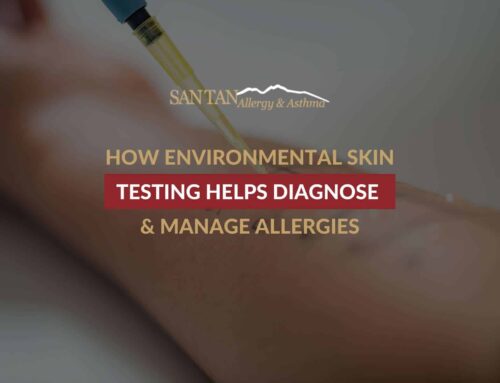How The Soak & Smear Technique Restores The Skin Barrier & Eases Atopic Dermatitis Discomfort In Children
Eczema or atopic dermatitis affects millions of children worldwide, often showing up in infancy and leaving families searching for gentle, effective relief. If you’re a parent dealing with itchy, dry, inflamed skin on your little one, you’re not alone. In fact, research from the Australian Family Physician shows that 1 in 5 children under 2 are affected.
Luckily, one simple, pediatrician-approved method is bringing real relief to families: the Soak and Smear technique. This 2 step approach uses hydration and moisture to calm the skin and support healing – without harsh medications.
In this article, we’ll explain how it works, when to use it, and how to know when to see an eczema specialist – especially if allergies or asthma are part of the picture.

Eczema & Children: What To Know
Eczema is a chronic skin condition characterized by dryness, redness, and persistent itchiness. It typically appears in early childhood, sometimes as early as infancy, and can range from mild patches to more widespread, inflamed areas.
While eczema isn’t contagious, it can significantly affect a child’s quality of life. In fact, the National Institute for Health and Care Research (NIHR) notes that eczema can significantly impact quality of life, affecting sleep, concentration at school, self-esteem, and overall mood.
Scratching not only worsens eczema but can also lead to infections. Parents often try different creams and remedies with varying success, but sometimes the simplest methods are the most effective.
What Is The Soak & Smear Method For Treating Eczema In Children?
The Soak and Smear method is a dermatologist- and pediatrician-recommended approach for treating moderate to severe eczema in children. It’s a simple two-step process that focuses on restoring hydration and reinforcing the skin’s protective barrier.
Step 1: Soak
Start by immersing your child in a lukewarm (not hot) bath for about 10 to 20 minutes. The water acts as a direct source of hydration, helping to reintroduce essential moisture into the outer layers of the skin. Here are a few best practices during this step:
- Avoid using soaps or bubble baths that contain fragrances or dyes, as they can aggravate eczema.
- Use a gentle, fragrance-free cleanser only if necessary.
- Pat the skin dry gently with a towel. Don’t rub!
Step 2: Smear
Immediately after the soak, while the skin is still slightly damp, apply a thick layer of emollient or ointment over the entire body. This “smear” creates a seal that traps moisture beneath the skin’s surface and prevents water from evaporating.
Recommended products for this step include:
- Petroleum jelly (e.g., Vaseline).
- Thick fragrance-free ointments like Aquaphor.
- Prescription barrier repair creams (if advised by a healthcare provider).
Why Soak & Smear Works For Treating Eczema In Children
Children with eczema typically have impaired skin barrier function. This means their skin loses moisture more easily and becomes vulnerable to irritants, allergens, and bacteria. The Soak and Smear method directly addresses these issues by focusing on two main goals: hydration and protection.
Moisture Retention: The Cornerstone Of Eczema Care
The soak replenishes water that the skin desperately needs, while the smear locks it in. Without this step-by-step routine, even the best moisturizers may evaporate too quickly to be effective.
For example, thick ointments act as a physical barrier between the skin and the external environment. This helps:
- Reduce itching and inflammation.
- Prevent skin cracking or infection.
- Minimize exposure to allergens and irritants.
In fact, many allergy doctors now recommend this technique as part of a broader eczema management plan. It’s particularly beneficial for children who experience flare-ups during seasonal transitions or who have underlying sensitivities to environmental triggers.
You might be wondering when this method can be used. Here’s what you need to know:
- Daily, especially during flare-ups.
- Before bedtime to reduce nighttime itching.
- After swimming or other activities that may dry out the skin.
- During dry seasons, such as winter, when indoor heating strips moisture from the air.
Step-by-Step Guide To Soak & Smear Method For Eczema Relief
Here’s how to do it at home:
1. Prepare The Bath
Fill a clean bathtub with lukewarm water. Avoid using soap or bubble bath, as these can strip the skin’s natural oils. If necessary, use only mild, unscented cleansers.
2. Soak
Let your child soak for 10 to 20 minutes. This step allows the skin to absorb moisture. Make bath time fun with toys or a book to keep them comfortable and still.
3. Pat, Don’t Rub
Gently pat the skin dry with a towel, avoiding rubbing, which can further irritate the skin.
4. Smear Quickly
Within three minutes of exiting the bath, apply a thick layer of emollient all over the skin. Don’t wait too long; the goal is to seal in the moisture before it evaporates.
5. Dress Comfortably
Choose soft, breathable cotton clothing after applying ointment. Avoid wool or synthetic fabrics that can aggravate the skin.
When To Seek Additional Help For Your Child’s Eczema
If your child’s eczema doesn’t improve with at-home treatments, it might be time to consult a specialist. In many cases, eczema is linked to allergies or even early signs of asthma. An allergy test can help identify potential triggers like pet dander, dust mites, or specific foods.
In fact, eczema, asthma, and allergies are often part of a trio known as the “atopic march.” Understanding this connection early on can help prevent complications and ensure your child receives comprehensive care.
Combining Soak & Smear With Medical Treatment For Better Eczema Management
The Soak and Smear technique works well with other eczema treatments such as topical steroids or prescription creams. In fact, some doctors recommend applying medication before the emollient if a prescription is involved, allowing for better absorption.
You should always consult your child’s pediatrician or dermatologist before combining treatments. They’ll help tailor a care plan based on the severity of symptoms and any related conditions like treatment for asthma or other allergy-driven conditions.
Don’t Wait! Start Comforting Your Child’s Eczema Today
Watching your child struggle with eczema can be heartbreaking. If eczema is persistent or you suspect allergies or asthma may be contributing to flare-ups, we’re here to help. At San Tan Allergy & Asthma in Gilbert, our compassionate team of specialists offers personalized care for children dealing with eczema and related conditions. Contact us today to schedule a consultation and take the first step toward comfort, confidence, and healthier skin for your child.
San Tan Allergy & Asthma
4915 E Baseline Rd #112
Gilbert, AZ 85234
Phone: 480-626-6600
Email: officemanager@santanallergy.com
Website: https://santanallergy.com/








